Canon today unveiled the first two cameras in the EOS R range with an APS-C sensor: Canon EOS R7 and Canon EOS R10. The most advanced is the Canon EOS R7, which replaces the successful Canon EOS 7D Mark II. A model, with all the new technology of mirrorless cameras, is ready to conquer the mid-range.
It is a complete renovation of the SLR it replaces, incorporating many of the most striking technological innovations of the EOS R system: focus and speed in a smaller size.
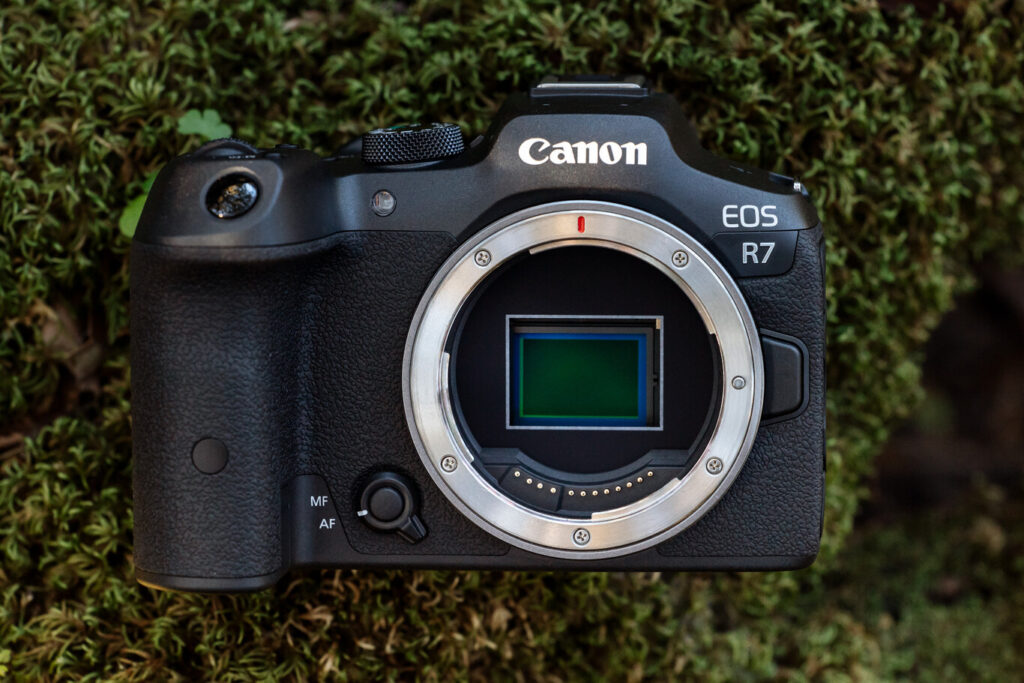
It has a new 32.5 MP APS-C format CMOS sensor in a versatile body. As Canon says, ‘it is designed for wildlife and sports, and for those users looking to create content simply and professionally’.
Canon EOS R7 technical specifications
| Canon EOS R7 | |
|---|---|
| Sensor | 32.5MP APS-C CMOS |
| Processor | DIGIC X |
| Focus System | Dual Pixel CMOS AF II |
| Viewfinder | OLED 2.36 MP with 100% coverage |
| ISO Sensitivity | ISO100-32000 |
| Burst Shot | 15 fps with mechanical shutter 30 fps with electronic shutter |
| Measuring Range | EV -5 –20 |
| Storage | 2x SD/SDHC/SDXC and UHS-II |
| Image Formats | RAW 14 bit: RAW and C-RAW JPEG 8 bit HEIF 10 bit |
| Maximum Video Resolution | 4K UHD / Full HD -YCbCr4:2:0 8-bit or YCbCr4:2:2 10bit |
| Wireless Connectivity | Wireless LAN (IEEE802.11b/g/n) (2.4 GHz), and Bluetooth 4.2 |
| Dimensions | 132.0 x 90.4 x 91.7mm |
| Weight (Without Card and Battery) | 530g |
| INTRODUCTORY Introductory Price (Body Only) | €1580 |
We warned some time ago, that the Canon EOS 1Dx Mark III will be the last SLR. Now they are exclusively focused on mirrorless cameras. And especially on the EOS R system.
We indeed have on the market the EOS M series, but this new model has, as you will see, a much more advanced technology.
Canon EOS R7, a mid-range camera
The Canon EOS R7 comes to cover a space that was orphaned within the R range. If you do not need a full format, this is the most advanced camera among the Canon mirrorless cameras. It can focus automatically without problems in very poor light situations, even at f22, and brings such interesting new features as an AF multi-controller and a control wheel for fast focusing.
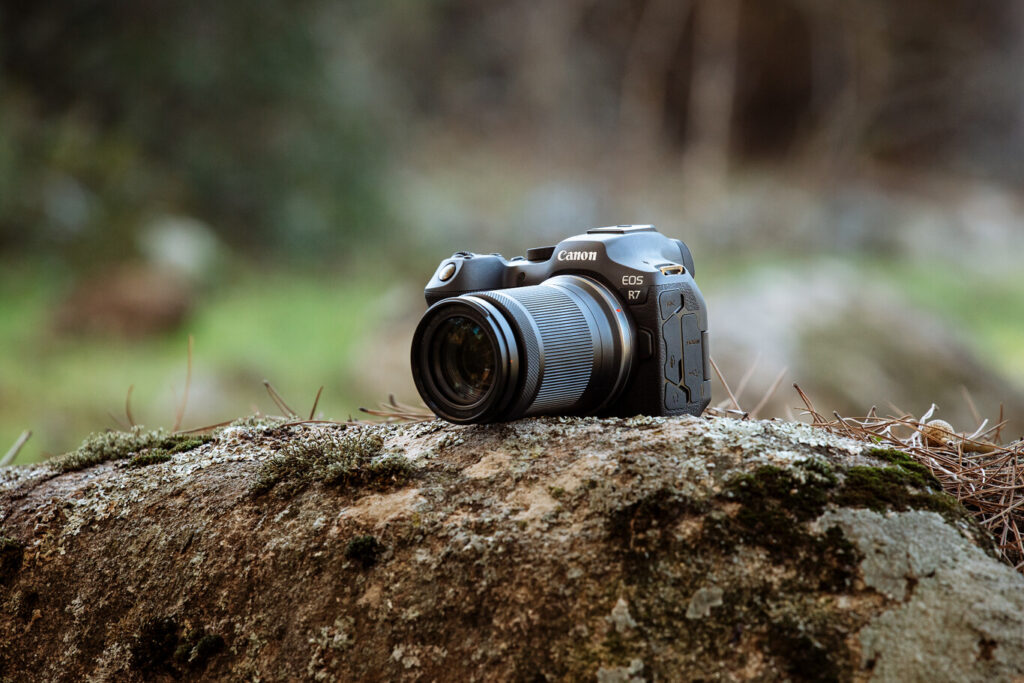
Focusing is one of the pillars of this camera, which features Deep Learning technology and Dual Pixel CMOS AF II to keep the chosen object in focus at all times. And the 8-step body stabilization that automatically levels the horizon line when this function is activated is impressive.
On the video front, it can record at 4K 60p, sub-sampled from 7K, and can be generated in HDR PQ (YCbCr 4:2:2 10-bit) directly on the camera or with the HDMI cable. And if you need professional features for post-production, it is possible to record with Canon Log 3 and Cinema Gamut, so we have more detail in the highlights and shadows, i.e. a greater dynamic range.
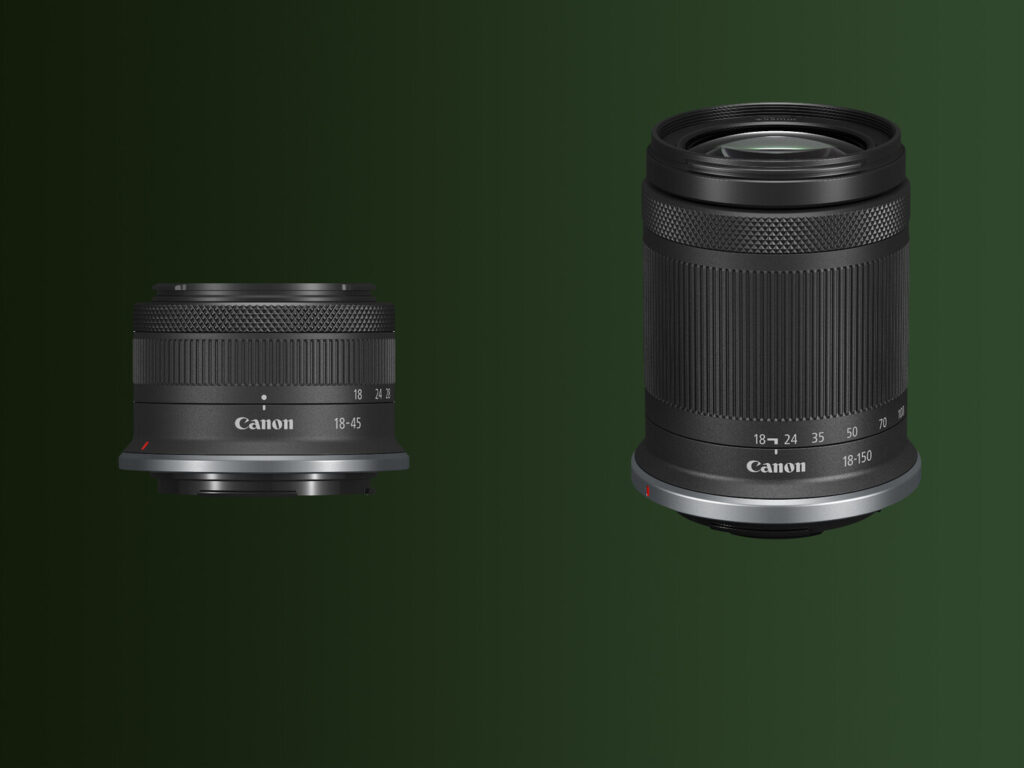
Two new lenses, the RF-S 18-45mm F4.5-6.3 IS STM and the RF-S 18-150mm F3.5-6.3 IS STM, are presented together with the camera, which has a new mount. They are entry-level, variable brightness, stabilized zoom lenses.
Whom is the Canon EOS R7 aimed at?
As you can see from the specifications we are looking at a semi-professional model within the brand. It is aimed at those users who are looking for a camera that allows them to meet all their photographic needs without making a significant outlay. It could even serve as a second body for many professionals.
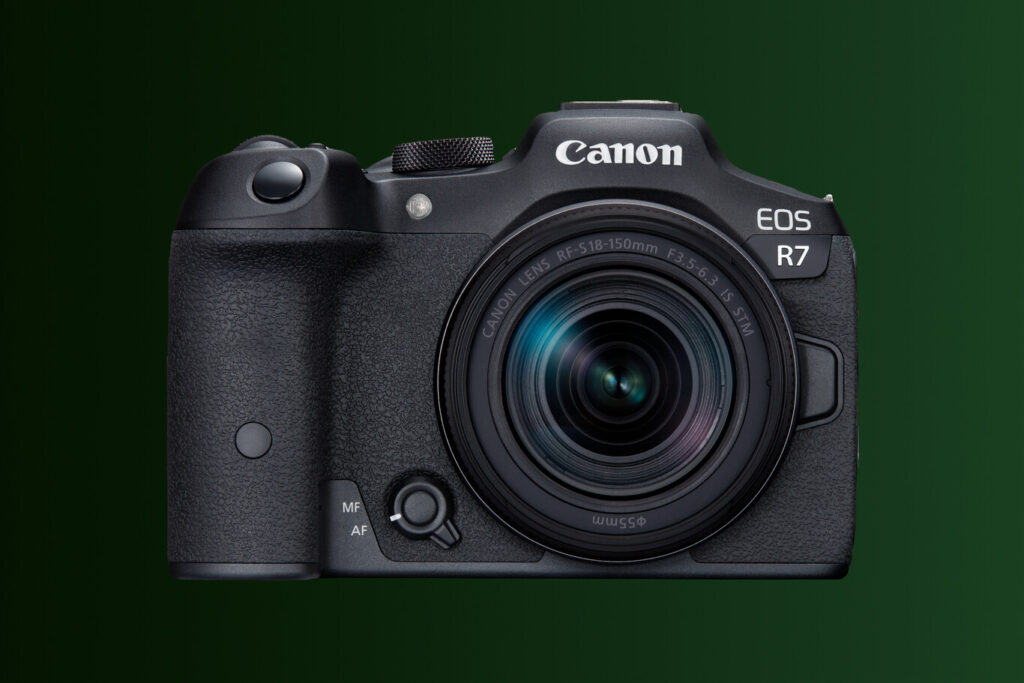
A good summary of this model would be:
- 32.5 MP APS-C sensor.
- 15 fps with the mechanical shutter and 30 fps with the electronic shutter.
- In-body image stabilization of 8 steps.
- 4K 60p video recording.
It’s a camera with pretensions. And it has everything it needs to succeed, but it has the typical problem of all cameras that premiere mount. For now, we only have two, and they do not seem to be up to EOS R7. This same model with fixed lenses (the FujiFilm way) or with a professional zoom lens, such as the EF 17-55 f2.8 IS USM, would be another matter. In the meantime, we will have to rely on the adapter to use EF and EF-S lenses.
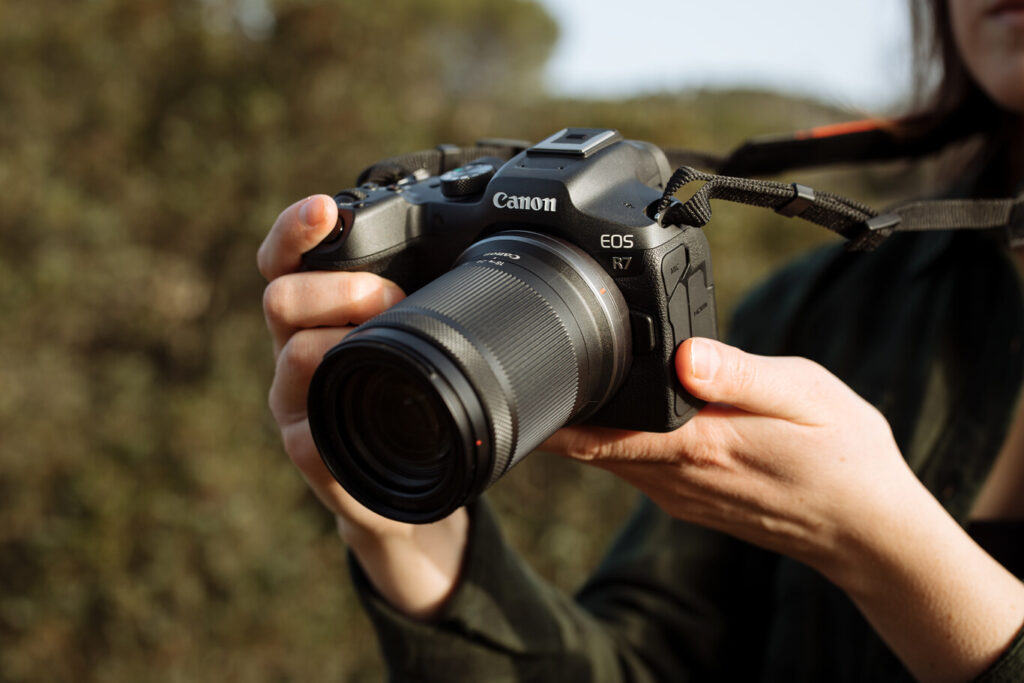
Also unveiled was the Canon EOS R10, a less aspirational model (double-digit range), with a 24.2 megapixels sensor. The differences between the two models are few, apart from the sensor.
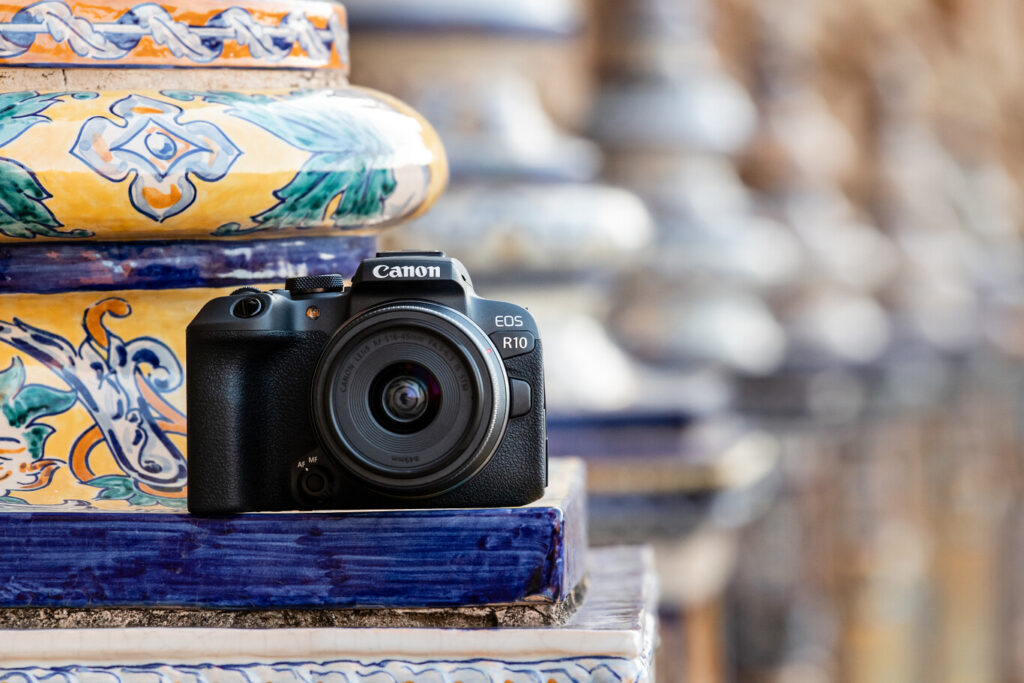
But we find significant details, such as the presence of a small retractable flash or the more limited video recording functions. Its price is its best letter of introduction. It is the entry-level camera for the EOS R system and costs €999. With the RF-S 18-45 f/4.5-6.3 IS STM it will go for €1,159, and with the RF-S 18-150 F/3.5-6.3 IS STM for €1,439.
It reaches the 15 fps of the big sister with the mechanical shutter but drops to 23 fps with the electronic one. Or it does not allow recording with the Canon Log 3 to increase the dynamic range. It is lighter, just 429 g with the battery and cards in place.
Pricing and Availability of the Canon EOS R7
The Canon EOS R7 will be on the shelves by the end of June, international market situation permitting. When it goes on sale its price will be around €1580. This is similar to the price of the Canon EOS 7D Mark II when it was introduced in 2014.
We will also have the possibility to buy it together with the RF-S 18-150mm F3.5-6.3 IS STM for €1999. And it will include an EF to EOS R mount adapter.
This post may contain affiliate links, which means that I may receive a commission if you make a purchase using these links. As an Amazon Associate, I earn from qualifying purchases.

